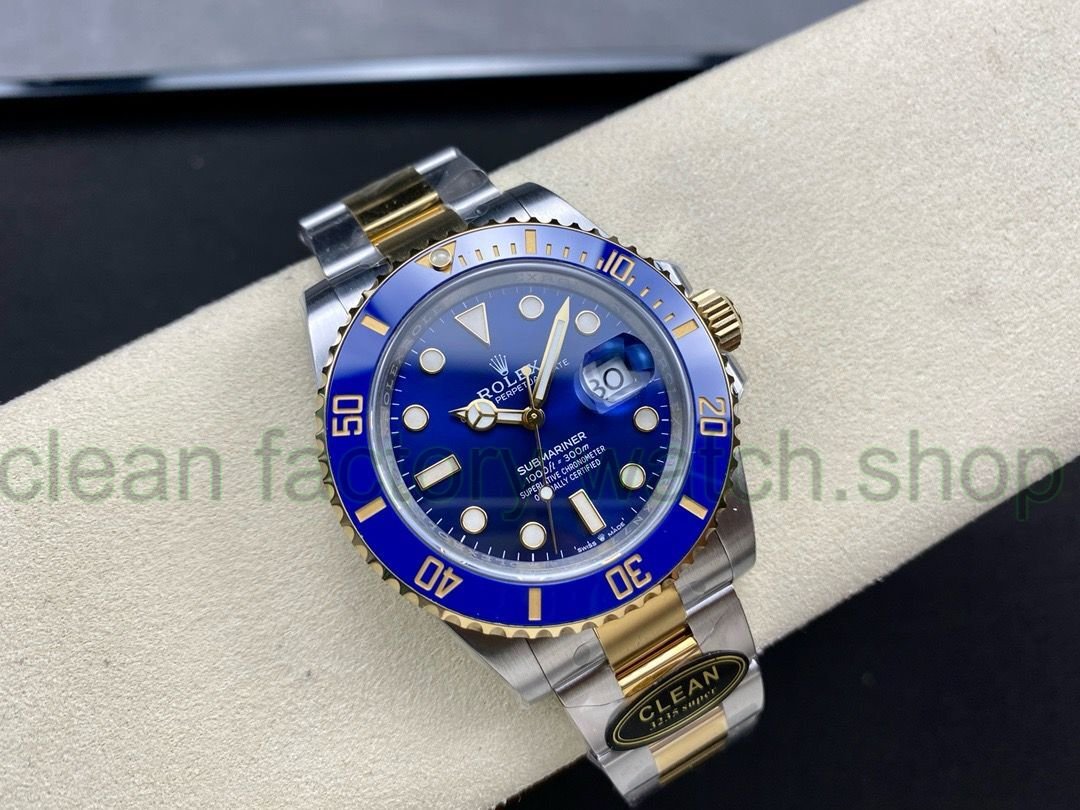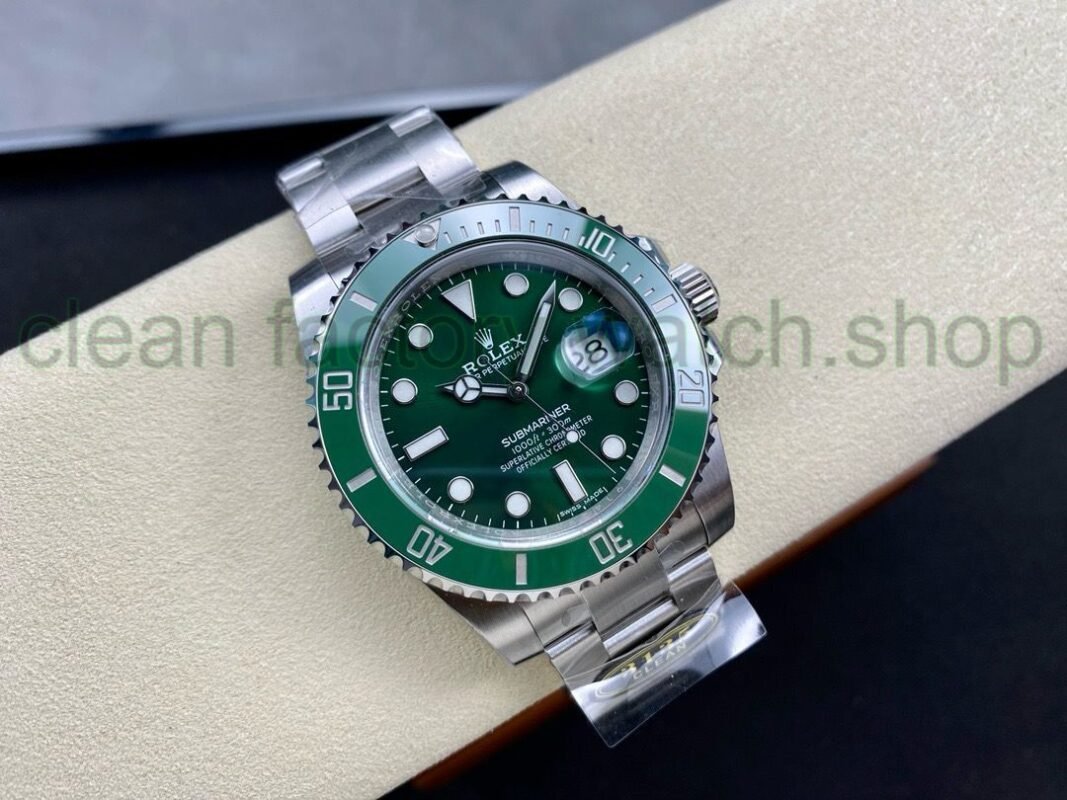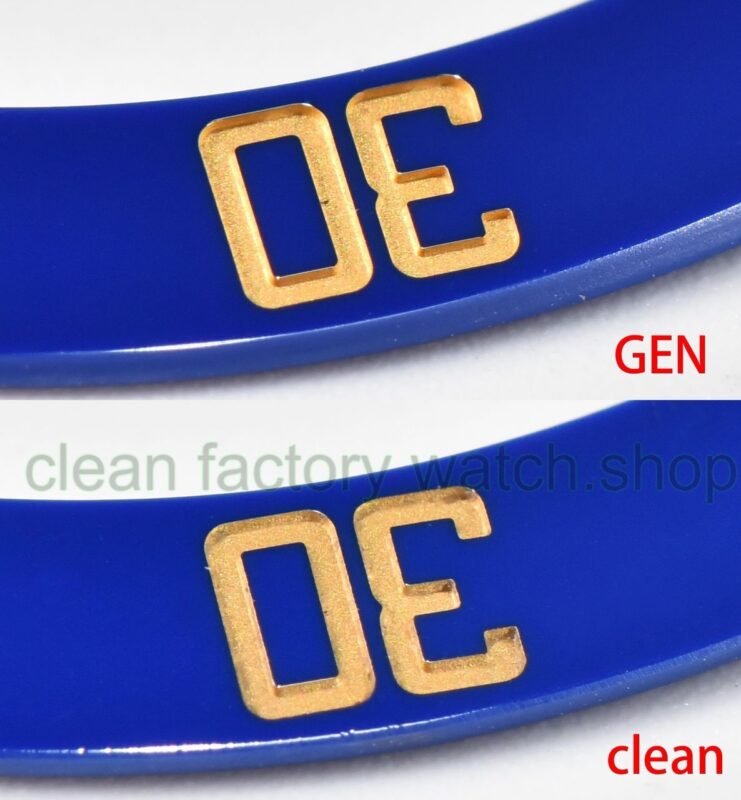Blog
Exploring the Clean Factory Watch: A New Era of Sustainability

In a world increasingly aware of the environmental challenges we face, the factory of the future is emerging not just as a place of production, but as a beacon of sustainability. Enter the Clean Factory Watch—an innovative initiative that promises too redefine the manufacturing landscape by merging cutting-edge technology with eco-conscious practices. This article delves into the essence of the Clean Factory Watch, exploring its origins, principles, and the transformative impact it is indeed poised to have on industries and communities alike. Join us as we uncover how this groundbreaking approach is not only monitoring pollution and waste but also championing a new era where sustainability is woven into the very fabric of industrial success.
Table of Contents
- Unveiling the Clean Factory Watch Concept and Its Significance
- Integrating Technology and Sustainability for Enhanced Production
- Practical Steps to Implement Clean Factory Practices
- The Future of Eco-Conscious Manufacturing and Its Global Impact
- Q&A
- To Wrap It Up
Unveiling the Clean Factory Watch concept and Its Significance
The emergence of the Clean Factory Watch concept highlights a transformative shift in industrial manufacturing practices, emphasizing the need for sustainability and environmental accountability. At its core, this concept advocates for transparency in production processes, ensuring that factories operate with minimal ecological impact. Through innovative technologies and strategic resource management, these factories can achieve important reductions in waste and emissions. Key elements of this movement include:
- Energy Efficiency: Implementing renewable energy sources to power manufacturing operations.
- Water Conservation: Utilizing advanced systems to recycle and minimize water usage.
- waste Reduction: Adopting zero-waste strategies aimed at curtailing landfill contributions.
Moreover,the Clean Factory Watch acts as a benchmark for monitoring and evaluating sustainability efforts across industries. By fostering collaboration among stakeholders—manufacturers, consumers, and regulatory bodies—this initiative encourages a shared responsibility toward a greener planet. Companies adopting this model not only enhance their brand reputation but also contribute to a broader movement that seeks to align profit with purpose.The table below summarizes some notable advancements within this framework:
| Advancement | Description |
|---|---|
| Smart Manufacturing | Integration of IoT and AI to optimize production efficiency. |
| Lifecycle Assessment | Evaluating environmental impacts from product inception to disposal. |
| Supply Chain Transparency | ensuring ethical sourcing and sustainability in supply chains. |
Integrating Technology and Sustainability for Enhanced Production
The Clean Factory Watch represents a pioneering stride towards harmonizing advanced technology with enduring practices in manufacturing. by leveraging Internet of Things (IoT) devices and real-time data analytics, factories can achieve greater efficiency while minimizing their environmental footprint. Smart sensors can monitor energy consumption and waste generation, providing invaluable insights that lead to informed decision-making. This integration not only enhances production processes but also fosters a culture of sustainability within organizations.
Key advancements facilitated by the Clean Factory Watch include:
- Real-Time Monitoring: Continuous tracking of the factory’s environmental impact enables immediate corrective action.
- Predictive Maintenance: Automated systems can forecast equipment failures, reducing downtime and waste.
- Resource Optimization: AI algorithms analyze consumption patterns, promoting efficient use of materials and energy.
To further illustrate these benefits, consider the following comparison of customary manufacturing versus a Clean Factory model:
| Aspect | Traditional Manufacturing | Clean Factory Model |
|---|---|---|
| Energy Consumption | High | Reduced |
| Waste Production | Significant | Minimal |
| Operational Downtime | Frequent | Rare |
Practical Steps to Implement Clean Factory Practices
to transition towards cleaner factory practices, first and foremost, assess current operations for inefficiencies and areas of waste. this can involve conducting a thorough audit of energy consumption, materials used, and waste produced. Establish a baseline to measure improvements against and gather input from staff at all levels; their insights can provide valuable information about daily challenges and potential solutions. Once data is collected, develop a tailored action plan that incorporates realistic and achievable goals for minimizing waste and improving efficiency. Consider implementing the following practices:
- introduce energy-efficient machinery and equipment.
- Establish a recycling program to manage waste effectively.
- promote a culture of sustainability among employees through training.
- Utilize digital tools to monitor energy and resource usage.
Alongside operational enhancements, fostering strong relationships with suppliers and partners is vital for achieving sustainability goals. Collaborate with manufacturers who prioritize environmentally-amiable practices and sourcing materials that align with your values. Create a sustainability committee within your organization to oversee the implementation of clean practices and to share progress with stakeholders. Another key component is to regularly measure and publicly report on your factory’s sustainability benchmarks to encourage accountability. A simple way to visualize your progress can be represented through the following table:
| Metric | Baseline | Goal | Status |
|---|---|---|---|
| Energy Usage (kWh) | 500,000 | 400,000 | On Track |
| Waste Produced (tons) | 100 | 50 | Needs Improvement |
| Employee Training Sessions | 5 | 10 | Completed |
The Future of Eco-Conscious manufacturing and Its Global Impact
as the world moves towards a more sustainable future,the concept of eco-conscious manufacturing is gaining momentum,fundamentally reshaping how industries operate. Factories are now embracing technologies and materials that not only reduce their carbon footprints but also foster a circular economy. This new paradigm promotes a philosophy where waste is minimized and resources are reused or repurposed, substantially lowering environmental impacts. Key strategies include:
- Adoption of Renewable Energy: Factories are increasingly powered by solar,wind,and hydroelectric sources.
- Waste Reduction Techniques: advanced waste management systems aim to divert materials from landfills.
- Sustainable Sourcing: Raw materials are procured from suppliers committed to ethical practices.
The ripple effects of these transformations extend globally, influencing not only local economies but also international supply chains. Companies that prioritize sustainability are likely to see a competitive edge, as consumers increasingly gravitate towards brands that demonstrate responsibility towards the planet. Furthermore, investing in eco-friendly practices can lead to ample long-term cost savings and improved public relations. Below is a brief overview of the potential global benefits:
| Benefit | Description |
|---|---|
| Economic Growth | New job opportunities in green technologies and sustainable industries. |
| Reduced Pollution | Cleaner air and water as manufacturing processes become less harmful. |
| Enhanced global Cooperation | International collaborations to tackle climate challenges effectively. |
Q&A
Q&A: Exploring the Clean Factory Watch: A new Era of Sustainability
Q1: What is the Clean Factory Watch, and how does it contribute to sustainability?
A1: The Clean Factory Watch is an innovative initiative aimed at promoting transparency in manufacturing practices. It employs advanced technology to monitor production processes in real-time, ensuring that companies adhere to sustainable practices. By highlighting energy consumption,waste management,and resource utilization,the Clean Factory Watch provides a framework for manufacturers to improve their environmental impact,thereby contributing to a more sustainable future.
Q2: What specific features make the Clean Factory Watch stand out among other sustainability initiatives?
A2: One of the standout features of the Clean Factory Watch is its integration with Internet of Things (iot) devices, which allows for continuous monitoring of factory operations. this capability enables immediate feedback and data-driven decisions. Additionally, it incorporates a user-friendly dashboard that provides stakeholders with clear insights into sustainability metrics, making it easier to identify areas for improvement and track progress over time.
Q3: How does the Clean Factory Watch engage with manufacturers to foster a culture of sustainability?
A3: The Clean Factory Watch operates on a collaborative model, engaging manufacturers through workshops, training sessions, and resources tailored to their specific needs. By fostering a community of best practices and sharing success stories, the initiative encourages companies to adopt sustainable methods. The involvement of industry leaders in this process also helps build credibility and motivates others to join the movement.
Q4: Can smaller manufacturers benefit from the Clean Factory Watch? If so, how?
A4: Absolutely! The Clean Factory Watch is designed to be accessible for manufacturers of all sizes, including small businesses. it offers scalable solutions and resources that can be customized to fit diverse operational capacities. By providing tools and guidance, small manufacturers can enhance their sustainability efforts, often leading to cost savings and improved marketability as consumers increasingly favor environmentally-conscious brands.
Q5: What impact has the Clean Factory Watch had since its implementation?
A5: Since its implementation, the Clean Factory Watch has demonstrated significant impact by helping participating manufacturers reduce their carbon footprints and optimize resource usage.Initial reports indicate that companies using the program have seen an average decline in energy consumption and waste production by as much as 20%.Moreover, it has facilitated greater consumer trust as companies become more transparent about their sustainability practices.
Q6: What does the future hold for the Clean Factory Watch and its role in sustainability?
A6: The future of the Clean Factory Watch looks promising, as it intends to expand its reach to more industries and geographical areas.as sustainability becomes increasingly critical in global commerce, the initiative plans to integrate new technologies such as artificial intelligence and machine learning for even more precise monitoring and predictive analytics. Ultimately, the Clean Factory Watch aims to position itself as a pivotal player in the evolution of sustainable manufacturing practices worldwide.
—
Q7: How can consumers support the goals of the clean Factory watch?
A7: Consumers play a crucial role in the success of initiatives like the Clean Factory Watch. By making informed purchasing decisions, seeking out brands that prioritize sustainable practices, and advocating for transparency, consumers can create demand for responsible manufacturing. Engagement in community discussions and support for legislation that promotes sustainability can also amplify the initiative’s impact,encouraging more manufacturers to adopt eco-friendly measures.
This Q&A format encapsulates the essence of the Clean Factory Watch while addressing key points about its significance in sustainability in a neutral and informative tone.
To Wrap It Up
As we conclude our exploration of the Clean Factory Watch, it is indeed clear that we stand at the precipice of a transformative shift in the manufacturing landscape. This innovative timepiece not only represents a step forward in sustainable design but also serves as a powerful symbol of a collective commitment to environmental stewardship. By intertwining technology with transparency, the Clean Factory Watch challenges traditional notions of luxury, urging both consumers and producers to embrace a more responsible approach to consumption.
As we move forward, it is imperative to ponder how this initiative may influence broader industry practices and the role each of us plays in shaping a sustainable future. The journey towards environmental accountability is ongoing, and products like the Clean Factory Watch remind us that every tick of the clock counts. Let us remain vigilant, informed, and inspired to champion sustainability not just in our personal choices, but as advocates for a kinder, cleaner world. the evolution of our planet may very well hinge upon the hands of time we choose to wear.












